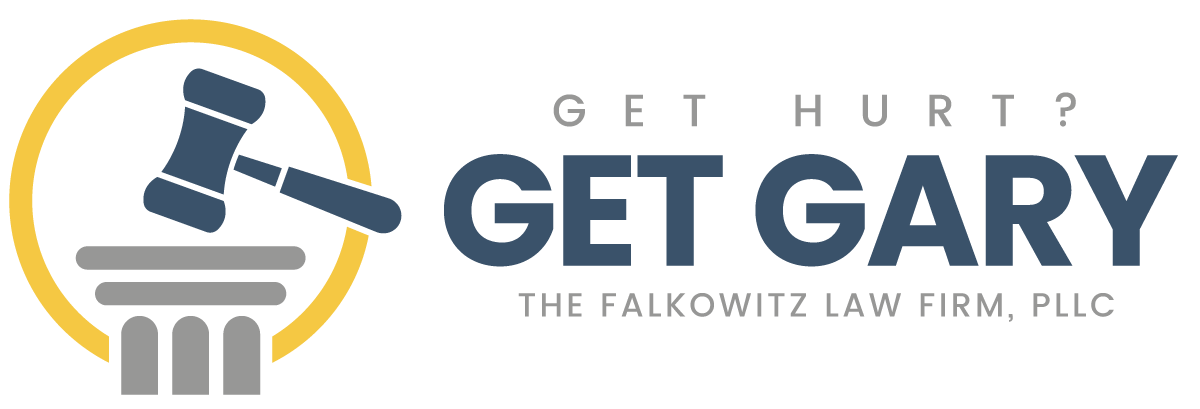All property owners, residential and commercial, have the duty to ensure safe environments for all visitors. If you have been harmed by a hazardous condition on another’s property including a sidewalk, personal residence, restaurant, mall, hotel, office building, school, park, theater, or museum, you may be eligible to file a premises liability claim and receive compensation for your injury.
Causes of Slips and Falls
Slips and falls often occur on slippery and uneven surfaces. This means that spills, loose floorboards, potholes, loose mats and certain types of flooring can cause people to slip and fall. Broken stairs, falling debris, and cluttered walkways can also cause slips and falls. Lighting is also an issue. Many people suffer slips and fall due to visibility issues. If an area is poorly lit, it is easy to fall into a hole, trip over something and cause a person to lose their footing.
Wintry weather conditions can also cause slips and falls. It is not uncommon for people to suffer serious injuries after slipping on ice, rain puddles and snow.
- crumbling stairs
- wet floors
- exposed electrical wiring
- raised flooring
- falling debris
- obstructed pathways
- poorly lit walkways
Although premises liability laws seek to protect parties who are injured as the result of the property owner’s negligence, it is often difficult to prove liability especially if the owner has corrected the hazardous condition. To ensure that the proper grounds for your claim are met, you should contact our knowledgeable and experienced personal injury attorneys who have the resources necessary to help you collect compensation for your medical expenses, lost wages, pain and suffering, and even emotional trauma.
Our personal injury law firm can assess your injury and assist you in determining whether the property owner failed to maintain his or her property or properly warn of hazardous conditions. For your claim to be successful, it must be shown that the property owner knew about the hazardous situation and failed to correct it in a timely manner and that the action or inaction of the property owner caused the condition which led to your fall.
Determining Liability
The first order of business is to identify the specific cause of the fall. If the accident is the result of premises negligence, the owner may hold some liability. Under New York law, the owner/occupier of a property is responsible for “reasonable care” of that property. Was the railing properly secured along the stairwell? Was clutter allowed to accumulate along a traveler’s path? Was the linoleum lifting in sections? These kinds of issues and more could point to negligence on the part of the proprietor.
On the other hand, how much of the blame falls to you? Were you inebriated at the time of the fall? Perhaps you were chatting on the phone while walking and were simply too distracted to notice where you were going. Or were you exploring a restricted area, where you should never have been in the first place? These are the kinds of issues that highlight your carelessness or misconduct, and they could sharply impact your ability to collect damages from a defendant.
Comparative Negligence
Section 1411 of New York’s Civil Practice Laws and Rules establish that damages related to personal injury shall be awarded proportionally to the amount of liability assigned to each party. In the event of, say, a fall in a grocery store, a jury may find that 20 percent of the liability falls on your shoulders because you were texting while walking through the store, whereas the store is 80 percent liable because a spill had not been attended to for over an hour, which demonstrates the store’s neglect of due care for customers. Therefore, the store will have to pay 80 percent of the costs associated with the injuries, leaving you with 20 percent of the burden yourself.
Statistics around Slip and Fall Incidents
You may be surprised to learn just how common and serious slip and fall accidents are. The National Floor Safety Institute provides some alarming statistics
- Slip and fall accidents result in more visits to emergency rooms than any other type of incident, with over nine million such visits annually;
- These injuries result in roughly $14 million in costs every year; and
- Floors and the materials that comprise them contribute to 20 percent of slip and fall incidents.
Once liability has been established, we will work with you in proving a direct causal relationship between the hazard on the property and the injury that you suffered. Our compassionate injury attorneys will represent you aggressively so that you can take care of what is most important—recovering from your injury and regaining your health.





